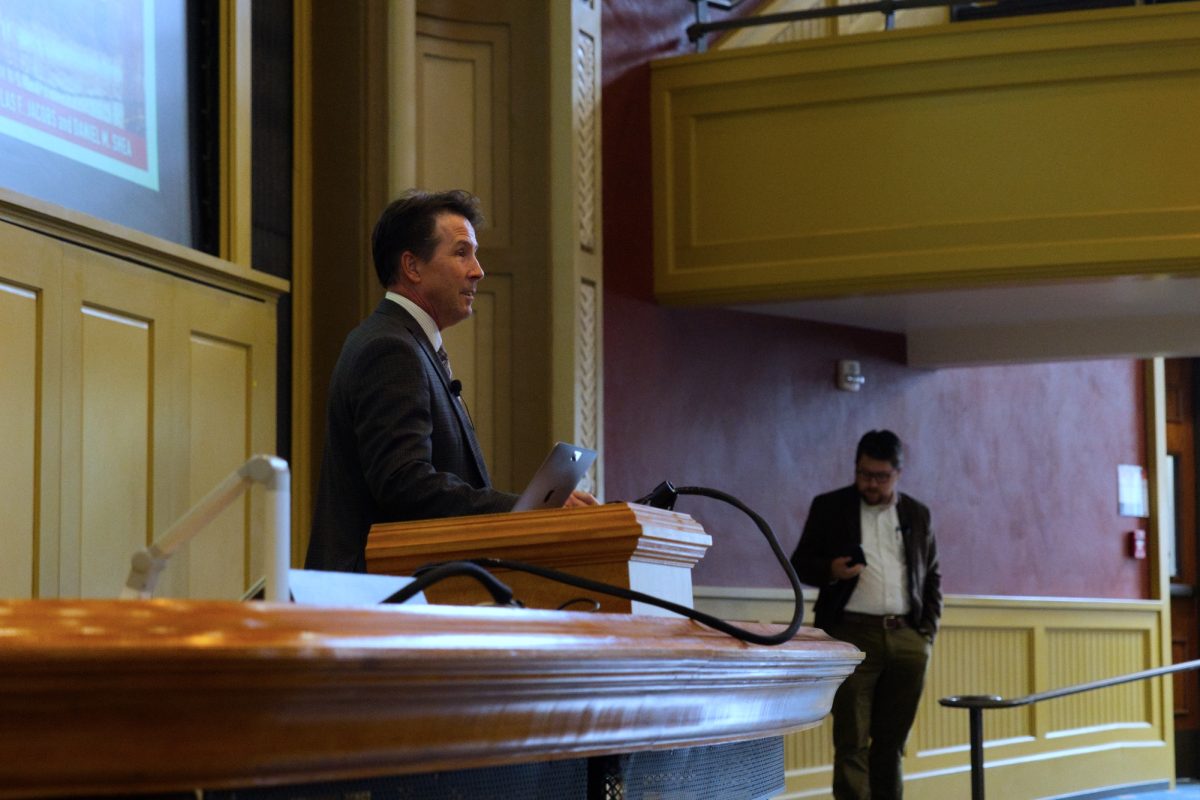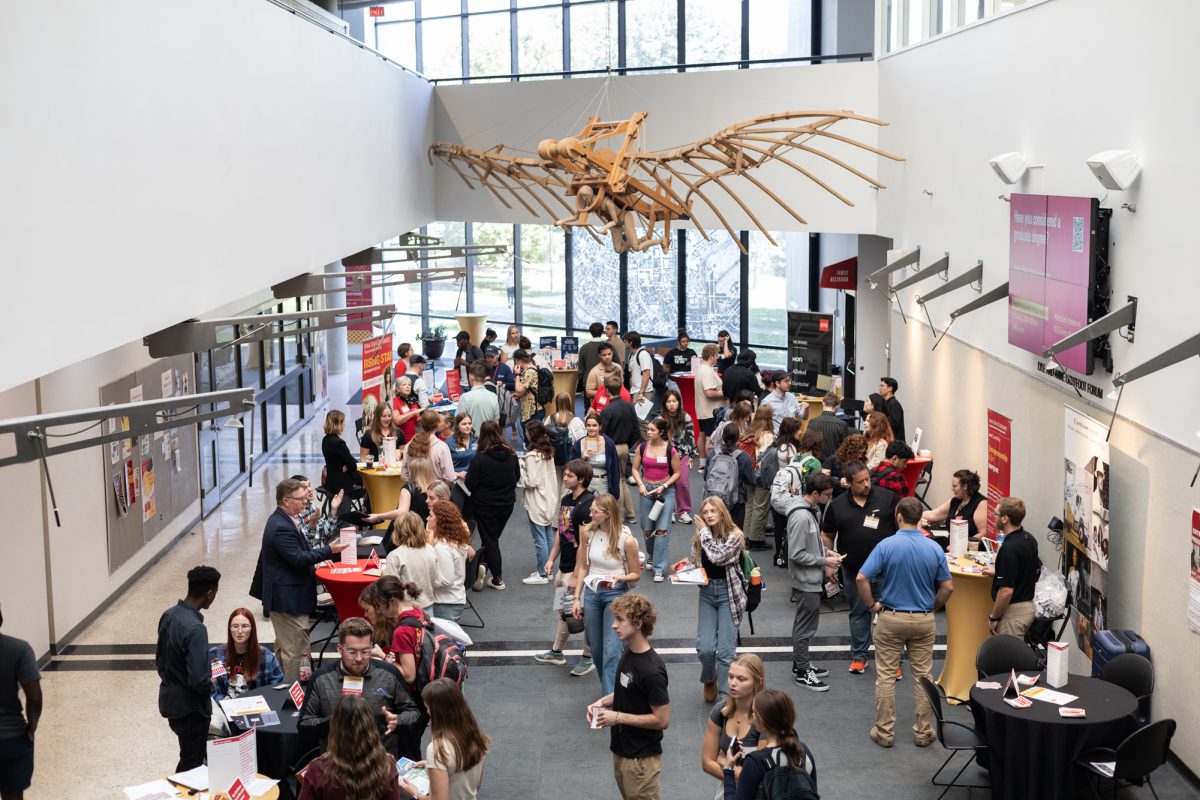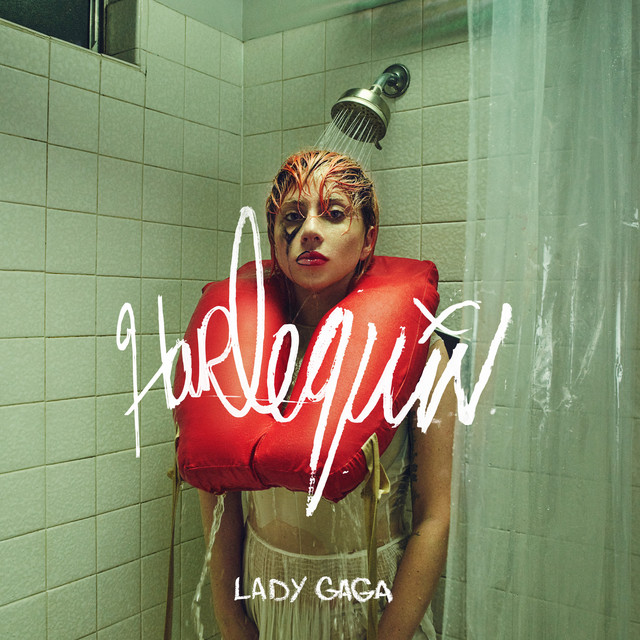‘Kanya’ dance depicts Indian culture eras
October 16, 1998
“Kanya,” a multimedia dance based on Bharathanatyam, will be performed tonight at 8 in Fisher Theater.
The performance is free and open to the public.
Rohini Ramaswamy, past president of Iowa State’s Society for Indian Traditions and Art (SiTaR), said the performance will feature six episodes depicting women from various Indian texts and literary epics, from ancient times to the present.
“The first five episodes are related to the ancient texts of India celebrating gods and goddesses, songs by the famed Tamil poet and patriot Subramania Bharathi, and epics from the Ramayana, written by the sage Valmiki,” she said.
Ramaswamy said the last episode of the program makes a feminist point.
“The last episode tells about the modern woman in a poem that asks not to put women on a pedestal, but to allow women to be on equal terms with men,” she said.
There are seven major classical dances of India, including Bharathanatyam, Kuchipudi, Kathakali and Mohiniattam from southern India; Odissi and Manipuri from eastern India; and Kathak from northern India, she said.
“Bharathanatyam is the oldest and purest among the seven contemporary classical dances of India,” she said.
Ramaswamy said all of the dances originate from the Natya Shastra, which is dated as early as 4000 B.C. to 200 B.C. The Natya Shastra sets rules for Indian dances written by Bharata Muni, as taught to him by the Lord Brahma.
“The rules describe how the dance should be performed, choreographed and set up, including lights and costumes,” she said.
Ramaswamy said Bharathanatyam has three aspects in the dance: Nritta, Nritya and Natya.
“Nritta emphasizes pure dance movement, like footwork, and incorporates tala [time measure] and laya [rhythm],” she said. “Nritya is the dance combined with expressions and gestures to educate the audience, and Natya combines those aspects with spoken words to create drama.”
She said all of the dances combine and portray the Nava Rasas or the nine emotions: shringara (love), hasya (laughter), veera (courage), roudra (anger), bhayanake (fear), bheebatas (disgust), adbhuta (wonder), karuna (compassion) and shanta (tranquillity).
Ramaswamy said there are four female dancers, one male dancer, one male actor and four male musicians, who will perform live in the Carnatic or southern Indian style.
According to a press release, the lead female dancer, Jothi Raghavan, is the founder and director of “Nrityanjali” dance academy of Massachusetts. She has danced for the president of India at his official residence and was a recipient of a prestigious choreographer’s fellowship from the National Endowment of the Arts.
“Jothi Raghavan is not only the lead female dancer, she is also the artistic director and choreographer of ‘Kanya’ and all of the dancers, musicians and narrator are from India,” Ramaswamy said.
She said the audience will enjoy the program.
“Audience members can gain enjoyment from the aesthetics of the performance, how the dance is performed and music is played, and the meaning behind the stories and dances if that aspect is known by the audience,” she said.
This event is being held by the SiTaR, which is dedicated to promoting Indian culture on campus.
“This is the first time the SiTaR has held a dance ballet,” Ramaswamy said. “The SiTaR was started in the fall of 1995 and continues in the tradition of SPIC-MACAY, a student organization for promoting Indian culture in India and abroad.”






